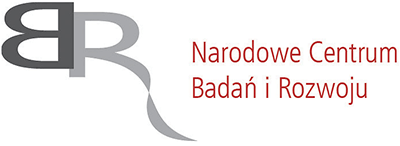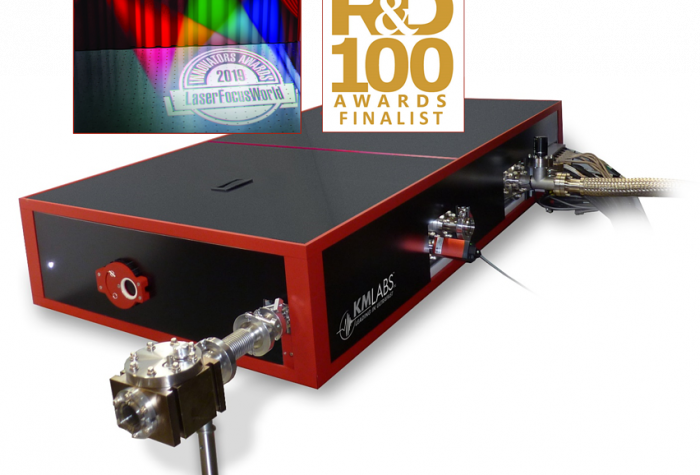Hyperion VUV – vacuum ultraviolet source
Description
Study of materials and molecular properties with unprecedented flexibility in ultrafast time constants
KMLabs Hyperion VUV, awarded a platinum Laser Focus World award in 2019 and also a finalist in the R&D 100 Awards. The system delivers bright femtosecond pulses at various wavelengths throughout the vacuum ultraviolet (VUV) range, from 6.0 eV (205 nm) to 10.8 eV (115 nm). The discrete tunability of the KMLabs Hyperion VUVTM vacuum ultraviolet source enables researchers to study a wide range of materials and a variety of material properties. The simple computer-implemented change in photon energy provides powerful capabilities previously available only in a synchrotron source; this ability to easily change the wavelength of the laser can enhance the conduct of many experiments. For example, in high angular resolution photoemission (ARPES) experiments, this adjustability allows researchers to distinguish surface effects from bulk effects. For time-of-flight (ToF) particle experiments, the tunability can distinguish otherwise identical isomers.
The Hyperion VUV source is also highly focused, and the corresponding optics can be used to achieve spot sizes below 10 microns. This capability makes it possible to study new types of samples, including materials that are polycrystalline, spatially inhomogeneous, crystalline or in very small quantities.
Hyperion VUV produces pulses with durations of less than 250 femtoseconds, enabling the study of ultrafast particle and material dynamics. The 1 MHz repetition rate enables rapid data collection and avoids space-charge effects.
The Hyperion VUV system is “ready to go,” including the appropriate focusing and beam control components for rapid integration into the experimental apparatus. Importantly, Hyperion VUV can be used between the source and the experimental chamber, ensuring that applications requiring very high vacuum (such as ARPES) remain free of contamination.
In addition to ARPES, Hyperion VUV will enable groundbreaking research in photoemission electron microscopy (PEEM), photo-ionization mass spectroscopy (PIMS) for combustion studies, and other next-generation studies of materials and molecular systems.
Hyperion VUV system features:
It is discretely tunable
Provides high energy resolution
Enables femtosecond experiments high with temporal resolution
Enables high spatial resolution
Provides a synchrotron-quality VUV beam
Applications:
Angle-resolved photoemission spectroscopy (ARPES)
ARPES with temporal resolution
Photoemission electron microscopy (PEEM)
Photo ionization mass spectroscopy (PIMS)
Time-of-flight (ToF) molecular studies
Applications requiring tuning of the VUV light source
Applications requiring femtosecond pulses of VUV light
Specification
Key benefits:
Tunable (computer-selectable) photon energy between 6-10.8 eV enhances ARPES laser experiments:
o Achieves high momentum resolution with low-energy photons (<7 eV) and continues to cover a larger momentum range with higher-energy photons (>10 eV)
o Obtains surface-to-mass information
o Discovery of “hidden bands” by changing wavelengths
o Throughput is adjustable to optimize data collection
Narrow focal point provides greater flexibility of the sample, allowing exploration
o Extremely small samples
o Spatially heterogeneous samples
o Polycrystalline materials
Window provides full isolation between Hyperion VUV and experimental chamber, maintaining high vacuum
Femtosecond pulses enable experiments with time resolution
Hyperion VUV measures just 76 cm x 152 cm, bringing synchrotron power to your lab




